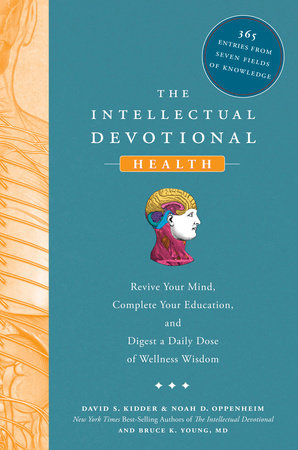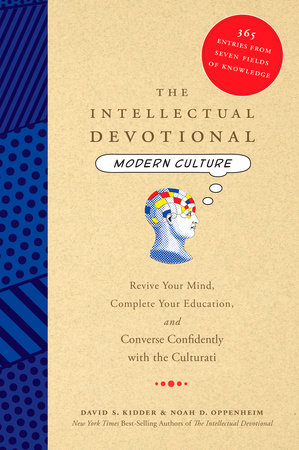Excerpt
The Intellectual Devotional: Health
MONDAY, DAY 1 CHILDREN AND ADOLESCENTS
Apgar Score
Virginia Apgar (1909-1974) defied all odds to become a pioneering female physician. In spite of the financial hardships of the Great Depression, Apgar was one of the first women to graduate from Columbia University College of Physicians and Surgeons in New York City. She went on to become an anesthesiologist and the school's first female professor. In 1952, she developed the Apgar score, a quick evaluation of a newborn's condition during the first critical minutes after birth. This scale has saved countless lives and is still used today.
Doctors and nurses perform the screening at 1 and 5 minutes after an infant's birth. They evaluate five vital signs--skin color, heart rate, reflexes, muscle tone, and breathing--on a scale of 0 to 2, then add up the ratings for a total ranging from 0 to 10. (Medical students often remember these signs using the mnemonic APGAR: appearance, pulse, grimace, activity, and respiration.) If the score is 7 or above, the baby is deemed in stable condition. But if it's lower, physicians and nurses will reevaluate every 5 minutes until 20 minutes have passed or until two consecutive scores of 7 or higher are recorded.
If the infant has a score of 6 or lower, some resuscitation is needed, which may involve suctioning the airway and administering oxygen. Sometimes this is because of a heart or lung condition, or another medical issue. A newborn with a score of 0 to 3 requires immediate resuscitation, usually with assisted breathing. But an initial low score may be harmless: Some babies, especially those born after a high-risk pregnancy, Caesarean section, or complicated delivery, may just take a little longer to adjust to life outside the womb. Experts say that the Apgar test isn't a predictor of a child's long-term health, unless after 20 minutes the score remains 0 to 3.
ADDITIONAL FACTS
1. At age 50, Virginia Apgar embarked on a second career. She earned a master's degree in public health and became an executive for the March of Dimes.
2. About 10 percent of newborns require medical intervention.








